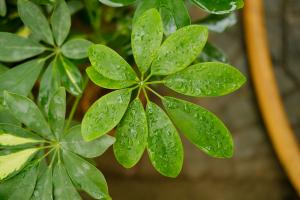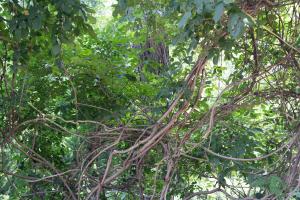Seasonal fertilization of two-color Jasmine
Spring and summer
These two seasons are the peak growth season of two-color jasmine, which requires sufficient nutrients. Because the weather is relatively dry, the fertilization is mainly liquid fertilizer, and the fertilizer and water are applied 2 ~ 4 times according to the growth situation. If you choose granular fertilizer, you can dig a small hole around the flowerpot, bury the fertilizer in it, and then pour it through. The disadvantage is that the amount of granular fertilizer is not easy to control, and a little carelessness is easy to rot
Fertilization shall be carried out in accordance with the principle of "fertilization - clean water - fertilization - clean water". The interval between fertilization and watering is 1 ~ 4 days. Depending on the weather conditions, the cycle of sunny or high-temperature weather is shorter, that of rainy or low-temperature weather is longer, or no watering is required

Winter
In winter, the two-color Jasmine enters the dormancy period, and the main work is to control water and fertilizer. After winter and before spring, apply liquid fertilizer once according to the above method without watering
Fertilization method of two-color Jasmine according to growth period
Growth period
During the growth period, alum fertilizer and water are irrigated instead of compound fertilizer once a month to prevent soil alkalization
After flower withering
Two color jasmine flowers consume more nutrients, which should be supplemented in time after flower decline, and watered with a thin cake fertilizer water. After 10 days, apply liquid phosphorus and potassium fertilizer again, and spray potassium dihydrogen phosphate solution on the leaf surface in combination with watering to promote the recovery of plants after flowering

Dormancy period
In November every year, the two-color Jasmine should be moved to indoor maintenance. Before that, potassium dihydrogen phosphate solution should be applied once to enhance the resistance of the plant and avoid frostbite in winter. There is no need to fertilize all winter

 how many times do yo...
how many times do yo... how many planted tre...
how many planted tre... how many pine trees ...
how many pine trees ... how many pecan trees...
how many pecan trees... how many plants comp...
how many plants comp... how many plants can ...
how many plants can ... how many plants and ...
how many plants and ... how many pepper plan...
how many pepper plan...





























